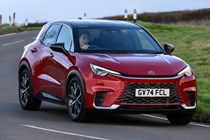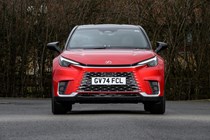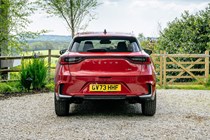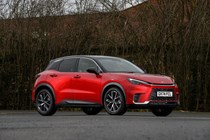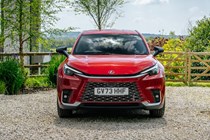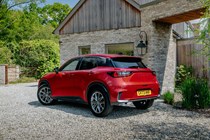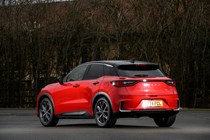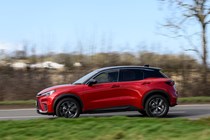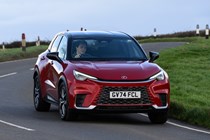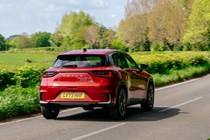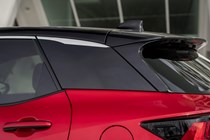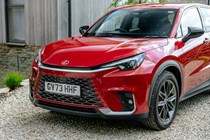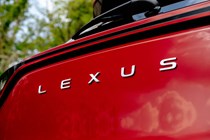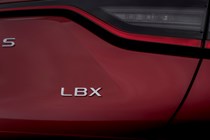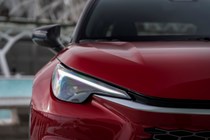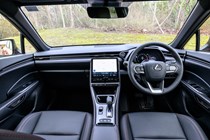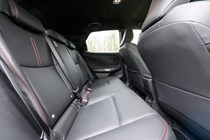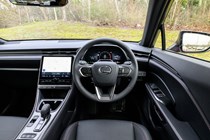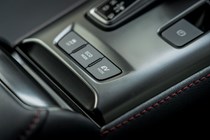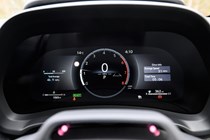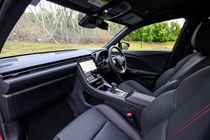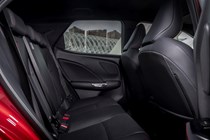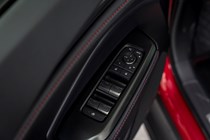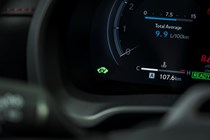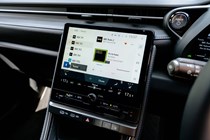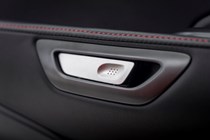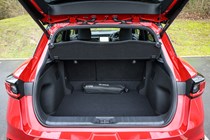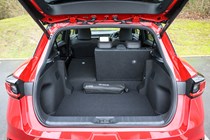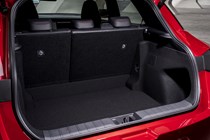
Lexus LBX engines, drive and performance
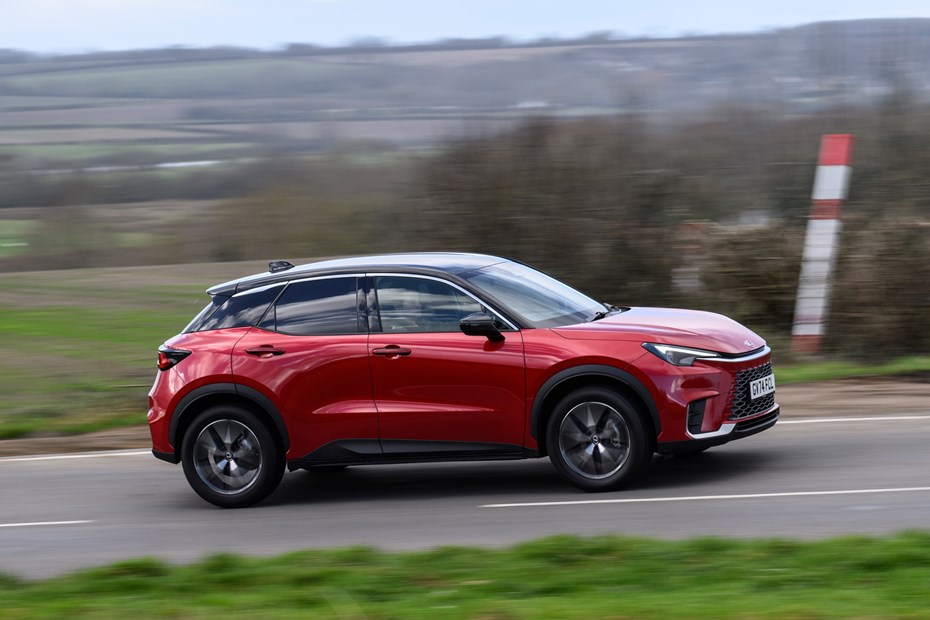
- The Lexus LBX is only sold as a hybrid
- Optional all-wheel-drive, but it’s not worth the extra cash
- Easy to drive, but you couldn’t ever call it rewarding
Hybrid engines
Like its partner in crime, Toyota, Lexus predominantly sells hybrid cars these days (and has done for several years). For that reason, the LBX is only sold with a self-charging hybrid powertrain in the UK.
Its 1.5-litre petrol-electric setup is loosely shared with the Yaris Cross, but the Lexus gets a welcome dose of extra power, with a total output of 136hp – up from the 116hp and 130hp versions that the Toyota is offered with. The transition between the two power sources is impressive, we didn’t actually notice it switchover between petrol and electricity most of the time.

Performance is not exactly brisk, but it’s nippy enough in most traffic and especially around town – 0-62mph being dispatched in 9.2 seconds.
You can also get it with an optional ‘E-Four’ all-wheel-drive system on top-spec Takumi versions. This adds another electric motor on the rear axle that can send drive to the rear wheels when greater traction is needed. Power remains identical to the front-wheel-drive version, and it’s slightly slower to reach 62mph because of the additional weight.
What’s it like to drive?
- Very easy to drive
- Not especially fun but grippy
- Low-speed ride could be better
The LBX was designed for urban areas – and it’s here where it performs best. We were impressed by its tight turning circle, generally good visibility and, of course, quite small dimensions. The old CT hatchback (which the LBX indirectly replaced) was a longer car, and as a result, the LBX is the most compact Lexus ever produced.
It’s a very easy car to drive, too, with a smooth and responsive powertrain that’s well-suited to towns and cities. It’s a fairly nimble car as well, with predictable handling and plenty of grip. It’s never especially enjoyable, though. That said, Lexus has created a prototype LBX in Japan using the underpinnings from the legendary Toyota GR Yaris hot hatch, signalling that sportier models may follow in the future.
Higher-spec LBXs are also equipped with paddles on the wheel to control the level of regenerative braking. There’s also a sport mode for the gearbox, which is something we don’t think is needed on a sensible small hybrid crossover.

While the LBX is generally a decent steer, the low-speed ride is quite disappointing for a car designed predominantly for urban areas. Its alloy wheels aren’t even a ridiculous size, which is what often causes a stiffer ride. It can jolt over bumps and potholes, and while far from uncomfortable, going off Lexus’s other cars, we think it can do better.
The LBX also has Eco and EV drive modes. Eco is for sedate pootling around. EV (available when the battery is sufficiently charged and your speed is sufficiently low) uses only the e-motor, so you might want to employ it driving past schools, for instance. In the default normal mode the car automatically picks whichever power source (engine, e-motor, both) is best suited to the performance you’re asking for and the charge available.
Changes between energy sources are generally so smooth and unobtrusive that we wouldn’t have noticed if it weren’t for the handy animation showing us, although when the engine fires up after a period of electric-only running you do notice.


